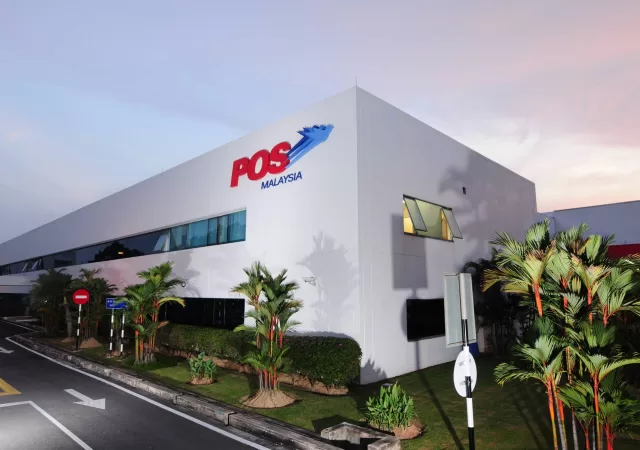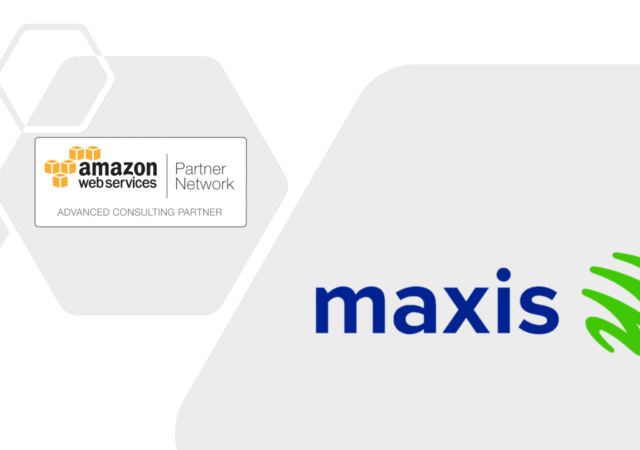Pos Malaysia is going fully digital to meet the growing demands of the e-commerce sector and parcel delivery with technology from Amazon Web Services.
Razer Banks on Better, More Traceable Sustainability with Restorify
Razer Fintech introduces Restorify with partners Amazon Web Services (AWS), GoNetZero and ESGPedia to bring a more traceable, transparent and sustainable ecommerce platform.
Continuing the Pace of Government Innovation in a Post-Pandemic World
Government innovation is key to progressing a country. It cannot be spurred simply by world changing events. Instead, here are some ways that it can continue even now.
The Cloud and the Opportunity Ahead
The Cloud is providing a massive amount of opportunities that never existed before. How can companies maximise these opportunities?
A Necessity to Optimise & Leverage The Cloud – Lessons From Carsome and 500 Startups
Cloud computing is continuing to leave a mark on the startup industry. In fact, it’s become pivotal for startup understand and leverage cloud computing.
Keeping Up with the Pace of Innovation with the Cloud
Speed and innovation go hand in hand when it comes to a company’s need to stay relevant. How can a this be achieved?
Cloud, 5G, Machine Learning & Space: Digital Trends Shaping the Future
The business world is being shaped by the adoption of cloud technologies as companies continue their digital transformation journeys. What comes next?
AWS Committed to Accelerating Malaysia’s Digital Transformation
Amazon Web Services (AWS) has been a part of Malaysia’s digital transformation journey since 2015 when we established our presence in the country with a local marketing entity, AWS Malaysia Sdn. Bhd. The announcement by the Malaysian Government outlining the…
We’re in the Golden Age of Machine Learning, Tomorrow it will be Ubiquitous – Four Things We Need to Do Now
With A.I. and Machine Learning becoming more mainstream, it’s time to look to the future and how companies, their leadership and education can play a role.
Maxis Becomes First Malaysian Telco Accredited as AWS Advanced Consulting Partner
Maxis receives the AWS Advanced Consulting Partner certification making it the only telco in Malaysia to achieve the certification.












